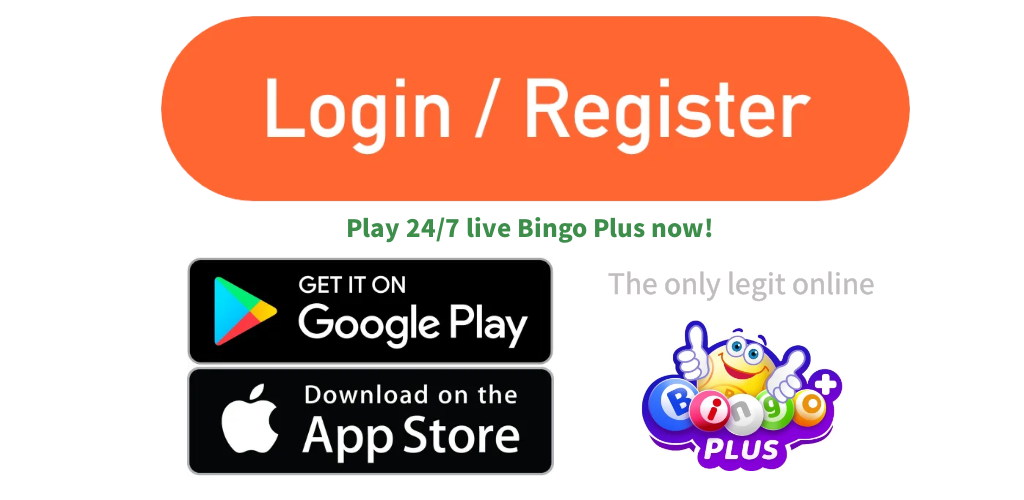Predicting bingo involves analyzing statistical data, understanding probability, and recognizing common patterns. Modern technology aids with sophisticated software to increase the odds.
Traditional Bingo Prediction Techniques
Statistical Analysis
Statistical analysis plays a crucial role in understanding bingo probabilities. Analysts collect data on called numbers and winning patterns to identify trends. For example, the frequency of numbers called in 100 games may suggest biases in the drawing mechanism. This data allows players to adjust their game strategy, increasing their chances of a win.
Probability Theory in Bingo
Probability theory takes center stage in bingo predictions. The total number of unique bingo cards is a staggering 552,446,474,061,128,648,601,600,000. Each card has the same chance of winning in a fair game, but the probability changes with the number of players and cards in play. For instance, in a game with 100 players each holding five cards, the odds of winning are 1 in 500.

Common Patterns in Winning Bingo Games
Observing common patterns can give players an edge. Some patterns, like the “straight line,” occur more frequently due to the structure of the game. Detailed record-keeping over multiple sessions often reveals these trends, guiding players on which cards to choose. For instance, a card with a balance of odd and even numbers may offer better chances, considering the random distribution of calls.
Transitioning into modern prediction techniques, advancements in technology have significantly changed how players approach bingo.
Modern Approaches to Predicting Bingo
Use of Technology in Bingo Prediction
The adoption of technology has revolutionized bingo prediction methods. Sophisticated software can now analyze past game data to predict which numbers may come up. These programs run simulations that consider the velocity of air in the blower and the weight of the bingo balls, among other physical parameters. Some software solutions claim accuracy improvements of up to 20%, though these figures can vary widely based on the input data’s quality and the game’s randomness.
Software and Algorithms for Better Odds
Bingo enthusiasts and software developers have created algorithms that track called numbers to calculate odds in real-time. The cost of such software ranges from $20 to $100 for consumer versions. However, professional-grade systems used in bingo halls can run upwards of $2,000 due to their need for higher processing power and advanced predictive analytics. These systems integrate real-time data processing to offer a dynamic edge in prediction, adjusting the odds as the game progresses, thereby maximizing efficiency and value over time.
The use of these modern tools intersects seamlessly with understanding the psychological aspects of the game, such as player behavior and the prevalence of cognitive biases like the gambler’s fallacy.
The Psychology of Bingo Predictions
Player Behavior and Game Outcomes
Player behavior has a significant impact on game outcomes in bingo. Players often choose cards with their preferred numbers or patterns, which can lead to a subjective sense of control over the game. This perception affects their buying decisions and game strategies. For instance, some may opt to play more cards simultaneously, believing it increases their win probability, which statistically, raises their chance from 1% to a mere 5% for a five-card play, assuming a 100-card game.
The Gambler’s Fallacy in Bingo
The gambler’s fallacy is the mistaken belief that if something happens more frequently than normal during a period, it will happen less frequently in the future, or vice versa. In bingo, this fallacy might lead a player to think a number is ‘due’ to be called, which is a fallacy given the independent probability of each draw. Recognizing this fallacy can save players from making poor decisions based on incorrect assumptions, which often cost them in terms of both money spent on buying more cards and the emotional stress of chasing losses.
Understanding these psychological underpinnings gives players a nuanced perspective on the game, which, when combined with practical skills, can enhance their overall playing technique.


